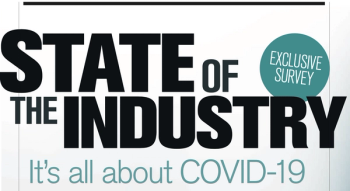
In this final part of a six-part series, most are neutral-to-negative on chance of meaningful change.

In this final part of a six-part series, most are neutral-to-negative on chance of meaningful change.

In this fifth part of a six-part series, data said respondents split on the effect of the pandemic on value-based care

In this fourth part of a six-part series, data shows the pandemic severely affected revenues, expenses.

In this third of a six-part series, respondents give administration poor marks.

In this second of a six-part series, the biggest concern is short supply.

Respondents ranked the importance of healthcare issues.

The decrease in in-person healthcare this year because of the COVID-19 pandemic could be a good thing for telehealth and programs that deliver hospital-level care at home.

All the Medicare Advantage trend lines seem like they are northward bound. Enrollment, the number of plans, the number of companies selling those plans — they’re all up. So Avalere Health’s report last month on the percentage of beneficiaries in highly rated plans stood out — and not in a good way.

Many of the large insurers are responding by expanding into new markets.

Prostate cancer is often “indolent,” so it can be monitored and not treated right away.

Pre-pandemic momentum helped keep the number of novel therapies approved by the FDA high, and then COVID-19 tested just how fast the pipeline could adjust and expand.

With the 2020 election season nearly behind us, conventional wisdom is that we will have divided government: a Democratic president, a Republican Senate and a razor-thin Democratic majority in the U.S. House of Representatives. That combination is a recipe for compromise on President-elect Joe Biden’s healthcare priorities; namely, the federal response to the COVID-19 pandemic and adjustments to the ACA.